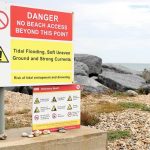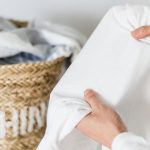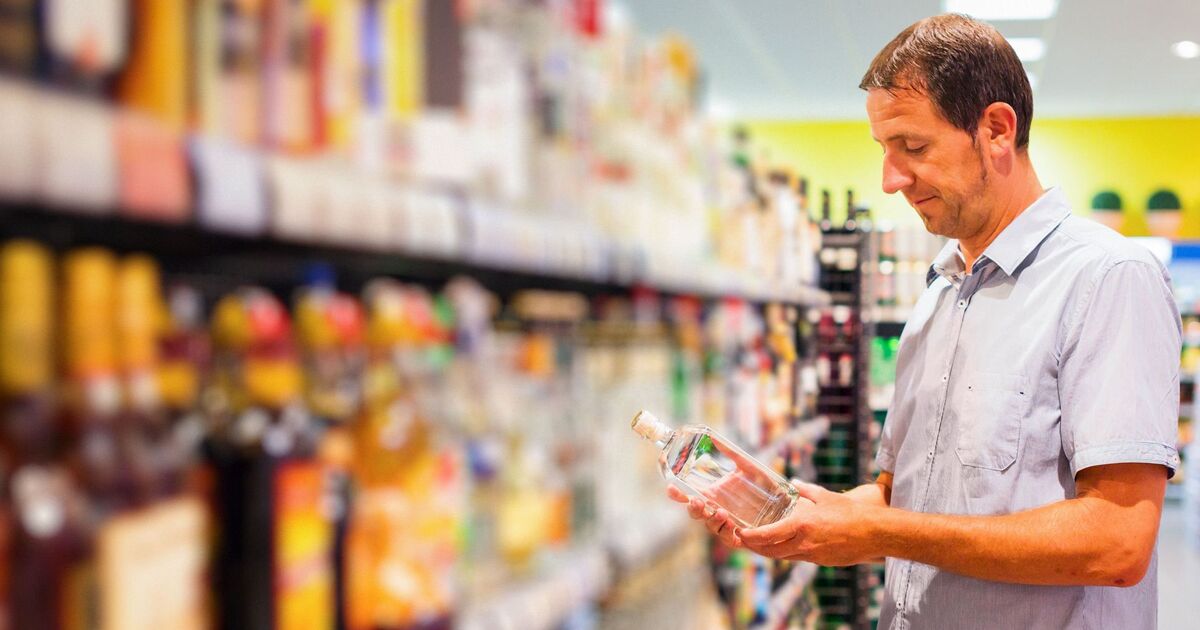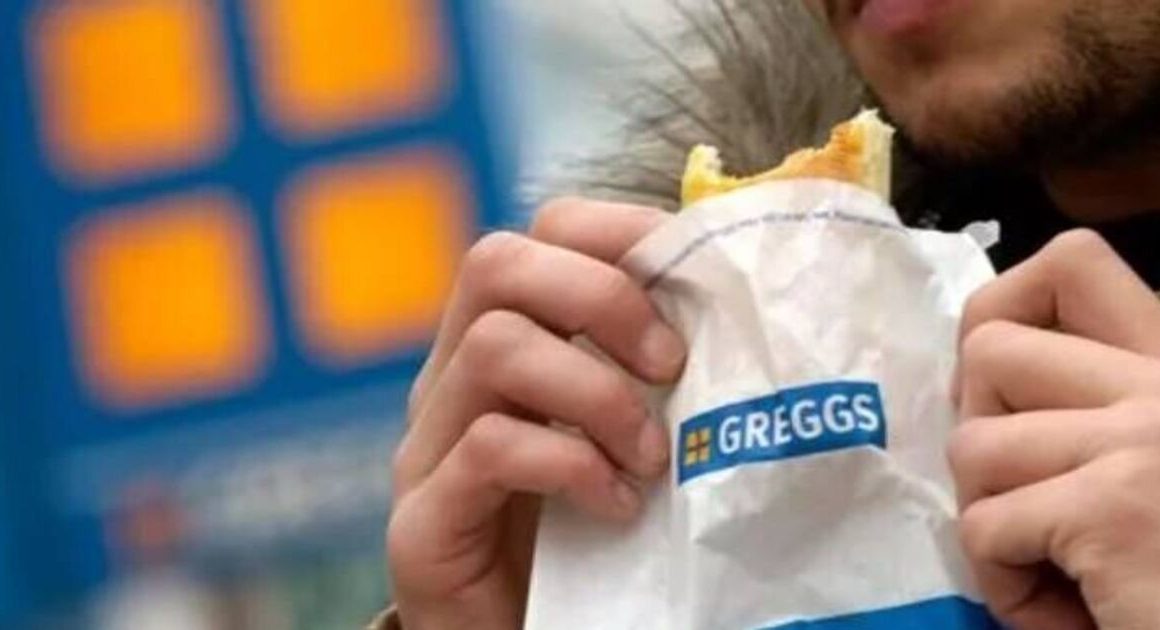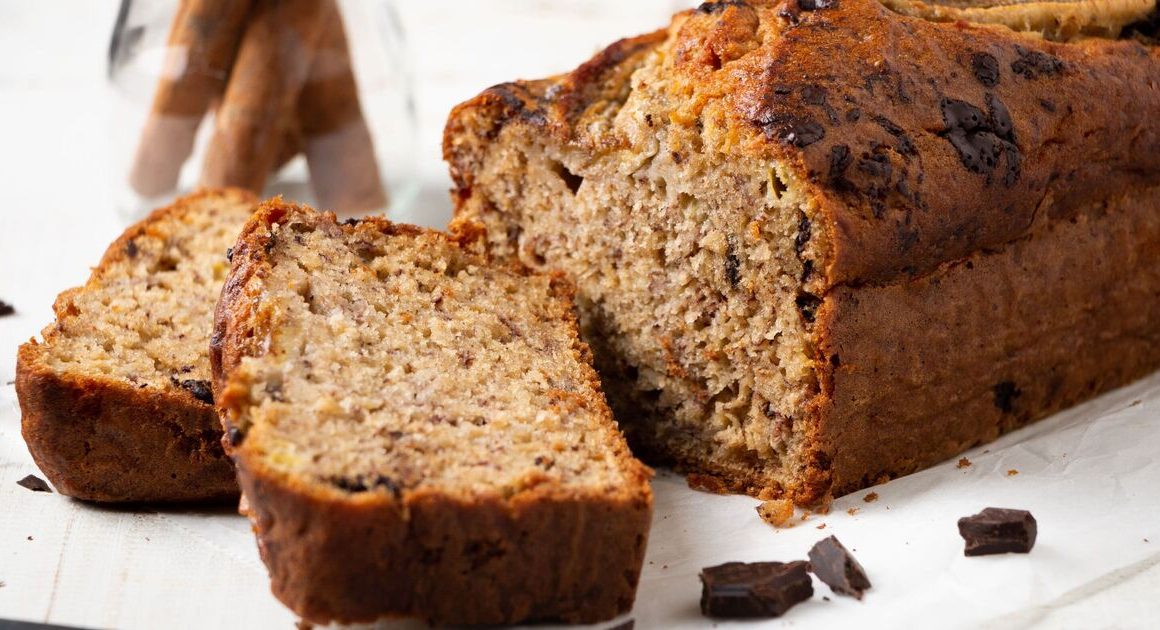“Cardiovascular collapse is also possible,” the FSA added, which is why identification of the counterfeit vodka bottles are imperative.
Businesses and people are advised to identify the dodgy vodka by looking at the bottle.
The FSA said: “If you see any Glen’s vodka that has no laser etched lot code applied to the bottle between the rear label and the base of the bottle… do not buy it.”
Due to the vodka being contaminated with isopropyl alcohol, the drink will also smell differently from normal.
The FSA posted on X, formerly Twitter, that a genuine bottle of Glen’s vodka will have three markings on the base of the bottle:
- 350ml (upper left to represent the bottle size);
- 51mm (upper right to represent the fill height);
- 977 (lower left is the bottle ID).
If the bottle of Glen’s vodka doesn’t have these markings, it is the counterfeit product that could potentially be deadly.
Anybody in possession of a dodgy Glen’s Vodka is advised to “report it to your Local Authority for further instruction and advice”.
The FSA added: “If anyone has any information on the manufacture or sale of counterfeit alcohol, then please contact our freephone confidential National Food Crime Unit hotline: 0800 028 1180.”
Many people reported on X that Glen’s Vodka would have been their choice as a youngster.
This means it’s possible young adults might be tempted to buy the vodka, unwittingly purchasing the dodgy, and potentially deadly, vodka.
The FSA’s urgent warning is still valid today, five days after the initial report, as there still could be dodgy Glen’s vodka sold at local shops.



